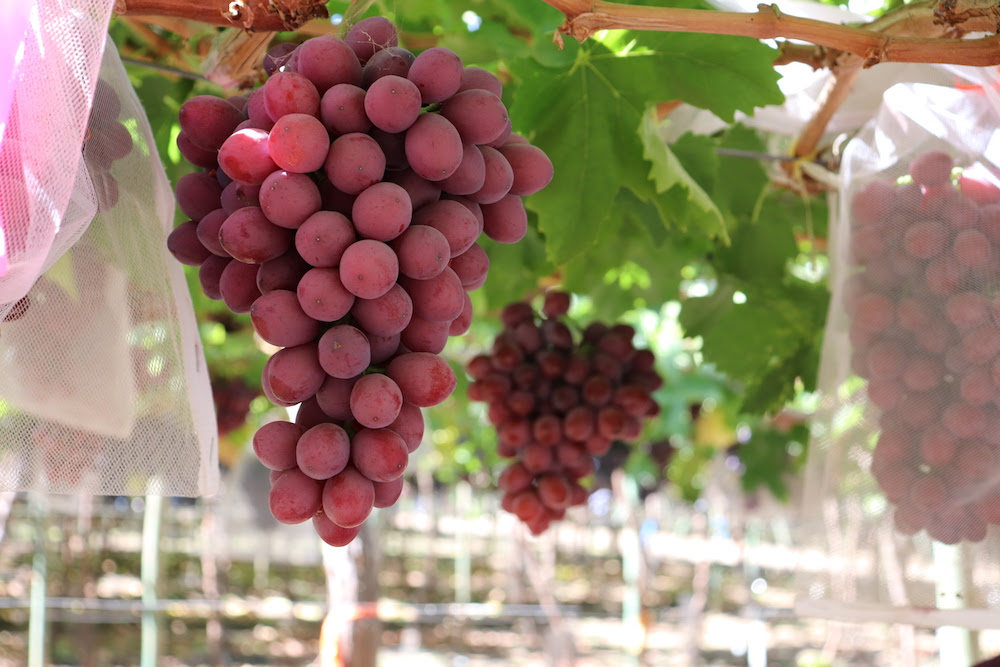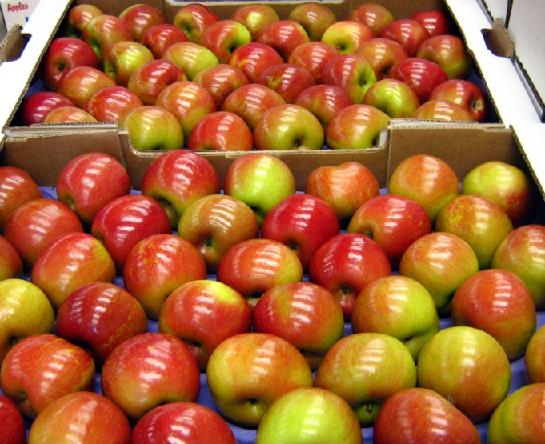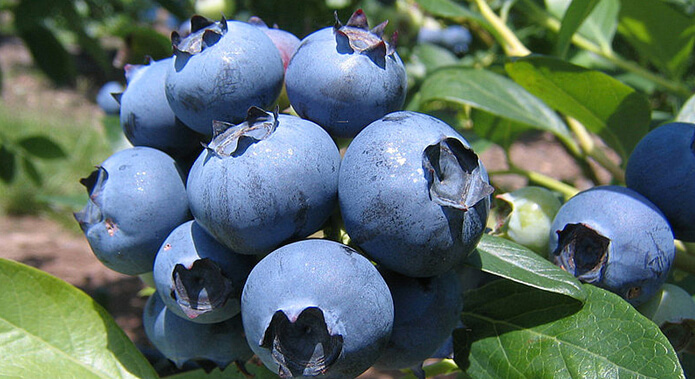From the sweet taste of cherries to the refreshing crunch of apples, Chilean fruits have found a prominent place on tables across the globe. Recognized for their quality, variety, and sustainable production methods, these fruits have earned the nickname “the world’s pantry.” This article will explore the top five fruits exported from Chile, highlighting their global significance and contributions to the country’s economy.
1. Cherries: The Crown Jewel of Chilean Exports
Chilean cherries have become synonymous with luxury and quality, particularly in Asian markets, where they are highly sought after during the Chinese New Year celebrations. The cherry season in Chile runs from October to January, allowing for a timely supply that coincides with the peak demand during the holiday season.
The Numbers Behind the Success
According to Fruits from Chile, a staggering 352,474 tons of cherries were exported in 2021, with a remarkable 90% of this quantity heading to China. The demand for Chilean cherries in the Asian market is driven by their exceptional quality, taste, and the fact that they are often among the first cherries available in the market due to the Southern Hemisphere’s harvesting schedule.
Sustainability and Quality
Chilean producers have increasingly focused on sustainable farming practices, utilizing advanced agricultural techniques that ensure both high quality and minimal environmental impact. These practices not only enhance the taste and appearance of the cherries but also align with the growing global demand for sustainably sourced products.
2. Table Grapes: A Historical Legacy

Table grapes have a rich history, dating back to ancient civilizations, and today, Chile stands out as a leading producer in the Southern Hemisphere. With almost 30% of its agricultural land dedicated to grape cultivation, Chile is well-positioned to meet global demand.
Export Statistics
In the 2020-2021 season, Chile exported an impressive 536,448 tons of table grapes, with North America receiving 50% of the total shipments. Notable grape varieties such as Red Globe, Crimson, and Thompson Seedless are among the favorites in international markets. The Asian market followed closely, accounting for 25.7% of the exports, while Europe received 15.5%.
Ideal Growing Conditions
Chile’s unique climate, characterized by its Mediterranean conditions, provides an ideal environment for growing high-quality grapes. The combination of warm, dry summers and cool nights allows for the perfect balance of sugar and acidity, producing grapes that are not only delicious but also durable enough for long-distance shipping.
3. Apples: Versatile and Loved

Apples are one of the most versatile fruits consumed worldwide. They can be eaten raw, used in jams, or baked in pies, making them a staple in many households. Chile has emerged as a significant exporter of apples, with more than 40 varieties cultivated for international markets.
Export Figures
During the last season, Chile exported 636,145 tons of apples to various countries, solidifying its position as one of the leading apple exporters in the Southern Hemisphere. Europe is the largest market for Chilean apples, accounting for 39% of exports, followed by Latin America (26.9%) and Asia (15.6%).
Regions of Production
The primary apple-growing regions in Chile include O’Higgins and Los Lagos, where the climate and soil conditions are optimal for producing high-quality fruit. The focus on sustainable agricultural practices has also played a crucial role in enhancing the quality and appeal of Chilean apples in global markets.
4. Blueberries: A Nutritional Powerhouse

Blueberries have gained popularity as a superfood, known for their high antioxidant content and numerous health benefits. Chilean blueberries are among the top exports, making significant contributions to the country’s agricultural economy.
Growing Blueberry Production
Although blueberry cultivation in Chile began in the 1980s, it has rapidly expanded, with over 15,600 hectares dedicated to this fruit. According to the Chilean Blueberry Committee Crop & Export Report, nearly 106,000 tons of blueberries were exported in the 2020-2021 season. Key markets include the United States, the Netherlands, England, and China.
Challenges and Opportunities
Despite facing an 8% decline in production compared to the previous year, Chilean producers are continuously seeking innovative ways to enhance productivity and maintain quality. Sustainable farming practices, along with investments in technology, are critical for overcoming challenges such as climate variability and increasing competition from other countries.
5. Pears: Emerging Export Power
In recent decades, Chile has established itself as a key player in the global pear market, producing approximately 10% of the world’s pears. The regions of Metropolitana, O’Higgins, and Maule are primarily responsible for this production.
Export Statistics
Chilean pear exports reached 122,138 tons, with the majority sent to Europe (49.3%) and Latin America (36%). The growth in pear exports is attributed to the country’s favorable growing conditions and commitment to sustainable agricultural practices.
Market Demand and Future Prospects
As global demand for pears continues to rise, Chile is well-positioned to expand its market share. The emphasis on high-quality production, coupled with effective marketing strategies, will help Chilean pears maintain their competitive edge in international markets.
Conclusion: Chile as the “Pantry of the World”
Chilean fruits have carved a niche for themselves in the global market, thanks to their quality, variety, and commitment to sustainable production. As the country continues to innovate and adapt to changing market conditions, the future looks bright for Chilean agriculture.
The top five fruits—cherries, table grapes, apples, blueberries, and pears—not only contribute significantly to the Chilean economy but also play a vital role in global food security. As consumers become increasingly aware of the importance of sustainability, the focus on environmentally friendly practices will further enhance the reputation of Chilean fruits worldwide.
In conclusion, as we celebrate the delicious flavors and nutritional benefits of these fruits, it is essential to recognize the hard work and dedication of Chilean farmers and producers. Their commitment to excellence and sustainability is what truly makes Chile the “pantry of the world.”



